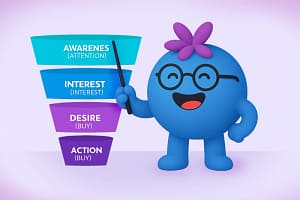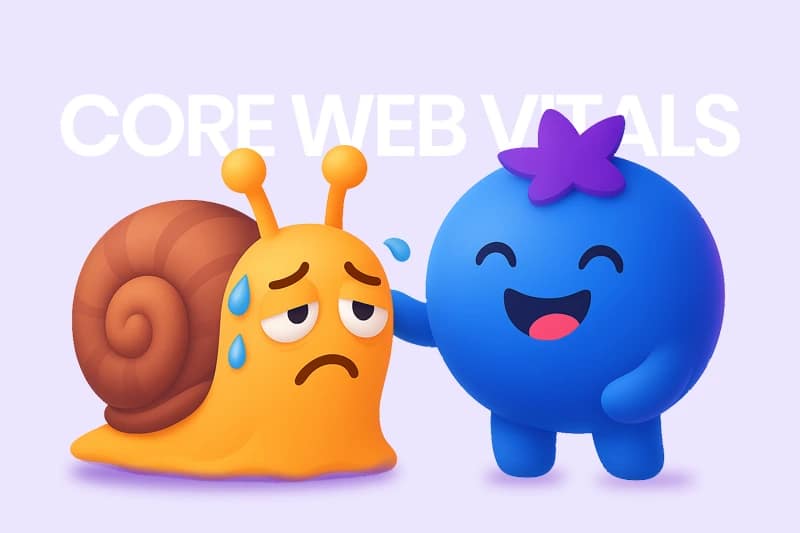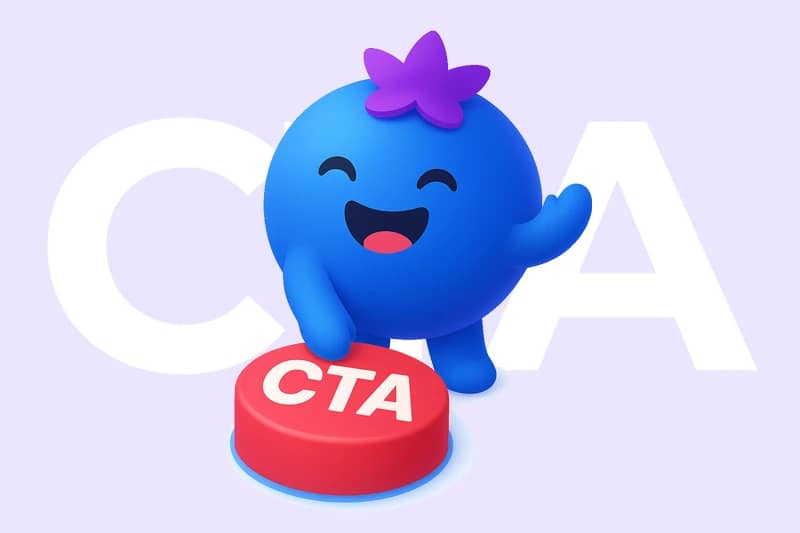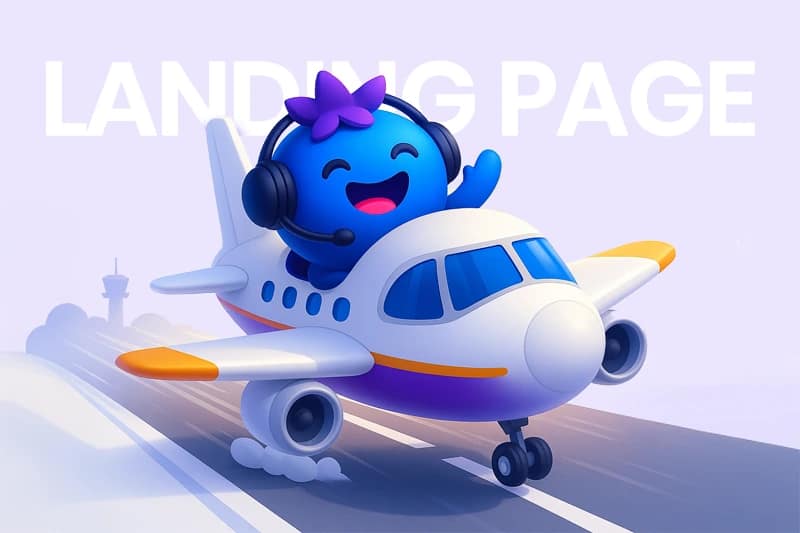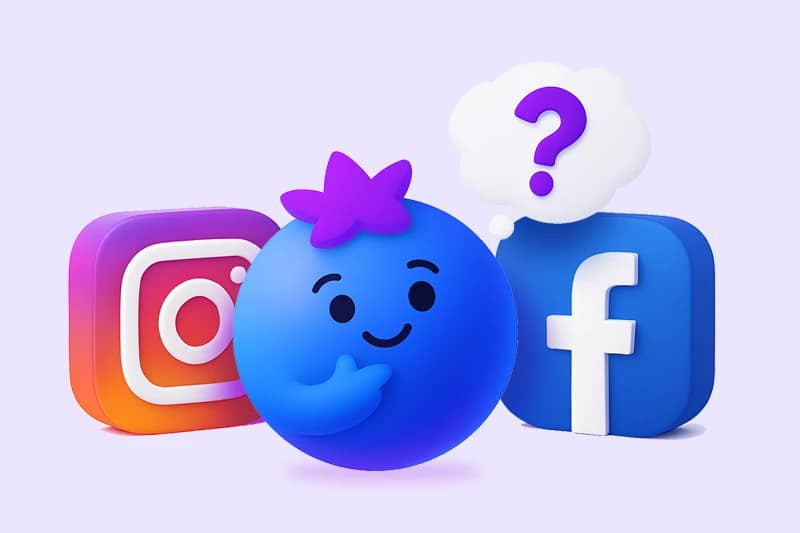In the fast-paced world of digital marketing, simply having a great product or service isn’t enough. You can spend hundreds of pounds on ads, build a beautiful website, and post daily on social media — yet still see little to no sales. Why? Because you might be missing the most crucial element of the entire customer journey: a sales funnel.
A sales funnel is what transforms random website visitors into loyal, paying customers. It’s the invisible framework behind every successful marketing campaign — the system that nurtures curiosity, builds trust, and gently leads people to take action. Without it, even the best marketing strategy becomes guesswork.
Whether you’re running an e-commerce store, offering local services, or creating online content, understanding how a sales funnel works will change the way you approach marketing forever. In this article, we’ll explain what a sales funnel is, how it’s structured, and how you can build one that turns traffic into real profit.
What Is a Sales Funnel?
A sales funnel is a visual model that represents the journey a customer takes — from discovering your brand to making a purchase. At the top, you have a wide audience of potential buyers. As they move down through the funnel, only the most interested and ready-to-buy customers remain.
It helps you organize your marketing actions at different stages of the buying process and tailor communication based on how close someone is to purchasing.
Why You Need a Sales Funnel
Building a well-designed sales funnel can:
- Increase conversion rates (more visitors become paying customers)
- Improve your understanding of customer needs
- Create consistent, personalized marketing communication
- Optimize ad spending and lower customer acquisition costs
🚀 Ready to optimize your sales funnel? Let’s build it together and turn your visitors into real customers.
The 4 Stages of a Sales Funnel
A standard sales funnel usually consists of four key stages:
1. Awareness
This is when a potential customer first discovers your brand. Your goal is to grab attention through:
- Social media campaigns
- Google Ads or Meta Ads
- SEO blog posts
- YouTube videos, Reels, or TikToks
Goal: Build visibility and spark curiosity.
2. Interest
Here, your audience begins exploring your offer, checking reviews, or signing up for a newsletter. Effective tools include:
- Landing pages with a free lead magnet (like an eBook or checklist)
- Webinars or educational videos
- Customer testimonials or case studies
Goal: Build trust and deepen engagement.
3. Decision
At this stage, the customer compares you with competitors. Help them choose you by offering:
- Transparent pricing and product comparisons
- Detailed product pages
- FAQ sections
- Free consultations or demos
Goal: Convince them your offer provides the best value.
4. Action
This is the final step — the purchase or another key conversion (like booking a call or signing up for a course). Make it as easy as possible:
- Simple checkout forms
- Multiple payment options
- Clear post-purchase communication
- Automated confirmation emails
Goal: Close the sale and turn visitors into customers.
How to Build a Sales Funnel from Scratch
Step 1: Know your audience
Understand who your customers are, what they need, and what challenges they face. Use tools like Google Analytics, surveys, or Hotjar for insights.
Step 2: Create a lead magnet
Offer something valuable for free — like a checklist, mini-course, or template — in exchange for an email address.
Step 3: Set up automated email sequences
Send educational and trust-building emails that lead users naturally toward purchasing.
Step 4: Use strong calls-to-action
Every page or post should end with a clear CTA — Buy now, Book a call, Download for free.
Step 5: Measure and optimize
Analyze data regularly with tools like Google Analytics, Meta Pixel, or CRM dashboards to improve each stage of your funnel.
Example of a Simple Sales Funnel for a Small Business
➡ Facebook post with a short marketing tip
➡ Link to a blog article
➡ Pop-up offering a free eBook download
➡ Welcome email + 2–3 educational messages
➡ Discount or consultation offer
➡ Customer purchase or contact form submission
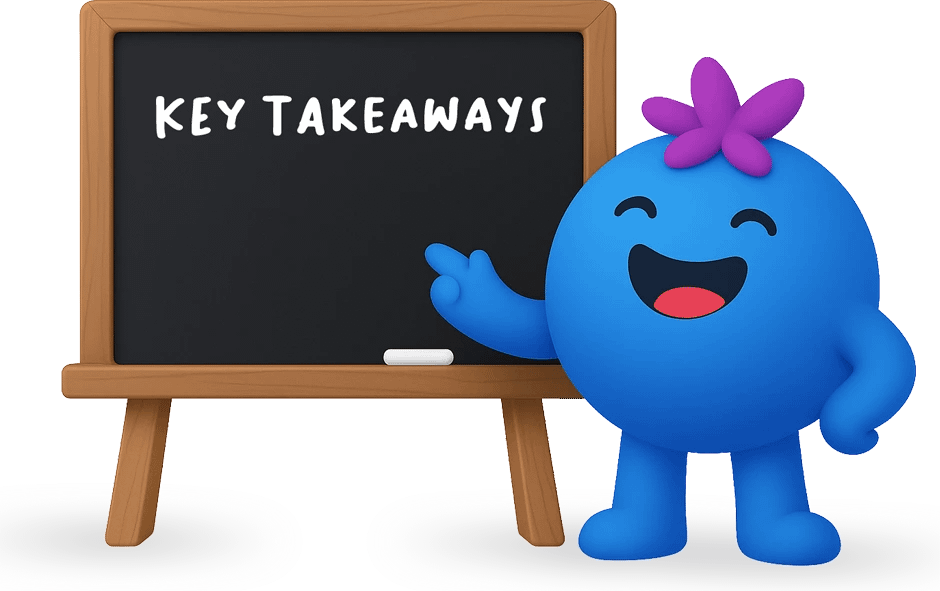
Conclusion
A sales funnel isn’t just a marketing buzzword — it’s the backbone of every successful business strategy. It helps you attract the right audience, nurture relationships, and convert curiosity into action. When built correctly, it becomes your silent salesperson, working 24/7 to turn visitors into loyal customers.
Think of it as a guided path: from the moment someone first hears about your brand, through the moments of trust and consideration, all the way to the final “Yes, I’m in.” Every touchpoint matters, and every small improvement can double your results.
Even a simple sales funnel — one well-optimized landing page, a free lead magnet, and a short email sequence — can completely change how your business performs online. It’s not about complexity; it’s about clarity and consistency.
If you’re ready to design a funnel that truly reflects your brand and converts leads into sales, our team at SocialBerry is here to help.
Let’s Build Your High-Converting Sales Funnel
A well-designed sales funnel turns traffic into loyal customers — guiding every visitor from curiosity to action. At SocialBerry, we help UK businesses create automated, data-driven funnels that attract, nurture and convert leads efficiently. Stop guessing and start growing with a clear strategy that truly sells.
Talk to Us About Your FunnelDon’t Be Green in Sales Funnels


